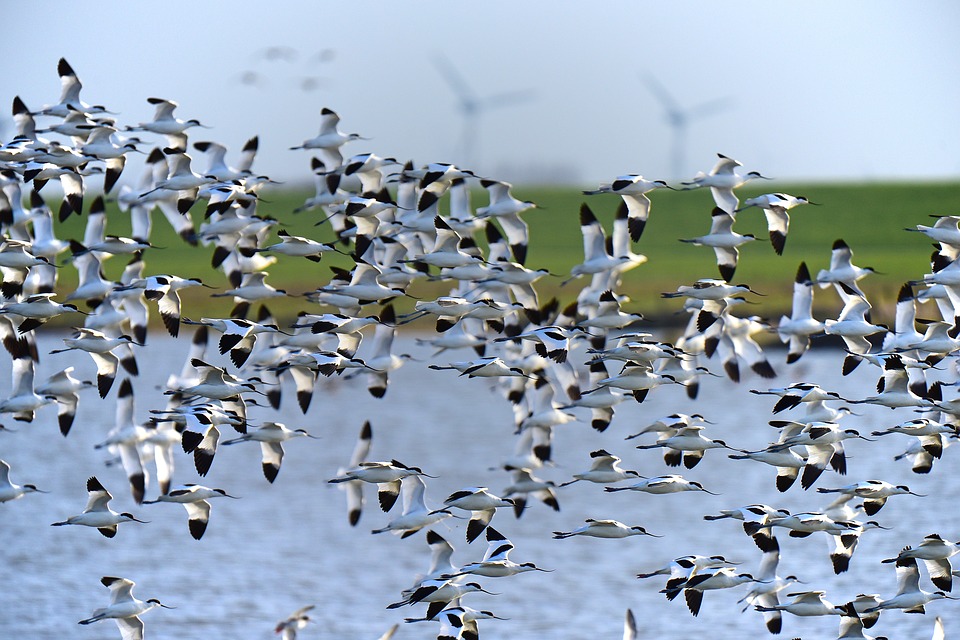
04/04/21 17:00 PM IST


What are the findings of bird census conducted by Chandigarh Bird Club (CBC)?
CBC conducts bird count focusing on waterfowl twice in a year. First in February when the migratory birds were all set to leave for their homelands and second in November, when the arrival of migratory birds is considered to be completed. The November census carries more weightage. The November census suggested 98 species in 2018, 91 species in 2017, 86 species in 2019, and 77 species in 2020 respectively. In February, 2021, 27 bird species of waterfowl were spotted while the total count of birds was 368. In the 2020 bird race, 28 species were spotted and total bird count was 734. In the 2018 bird race, 31 waterfowl species were observed, with the total bird count being 850.
Steps taken to help migratory birds –
Why this decline ?
Chandigarh hosts a large number of latitudinal migrants in the winter from Siberia. Some of the common species are Graylag Goose, Bar-headed Goose, Northern Shoveller, common Pochard, Tufted Duck, Black-tailed Godwit Ruddy Shell Ducks etc. Sadly, count of these birds decreasing. Migratory birds can be divided in two categories- Ducks and Waders (shorebirds). A majority of migratory birds prefer to stay around shallow water bodies for easy availability of food. Though this time we included waterbodies situated in Mohali assuming that birds can be shifted from Sukhna Lake to these bodies, the findings were not encouraging. Number of waders is decreasing largely.
Increasing human footprints, disturbance, especially around the specific habitats for the migratory birds like regulatory ends of Sukhna Lake, along with increasing water level of water bodies are among major reasons for this trend.
When Sukhna lake was created?
This 3 km² rainfed lake was created in 1958 by damming the Sukhna Choe, a seasonal stream coming down from the Shivalik Hills. Originally the seasonal flow entered the lake directly causing heavy siltation. The lake was created by Le Corbusier and the Chief Engineer P L Verma. To preserve its tranquillity, Corbusier insisted on two things: that it be forbidden for motor boats to circulate in the water, and for vehicular traffic to be prohibited on top of the dam (promenade). Earlier it was known as Chakraborty Lake after Birendra Narayan Chakraborty, Governor of Haryana - 1967 to 1976. The lake is home to several species of migratory birds. The Administration has constructed a bird watching centre at one end of the lake.
In 2005, the lake had 33 species of fish, which fell to 19 after a large part of the lake dried up in 2012. After the culling of ducks following the 2014 avian flu scare, the Administration decided to no longer allow ducks at the lake.
Where ‘living entity’ status will help in conservation?
Who conducted this bird count?
The Chandigarh Bird Club (CBC) which conducts the bird count has found a consistent decrease in the total number of migratory bird species coming to the city. Starting from the year 2018 November census, the total types of migratory bird species that migrated to the city was 98 which fell down consistently to 91 in 2017, 86 in 2019, and only 77 species in November 2020.
There are two aspects of this trend.
The water bodies in our area, including Sukhna Lake, Mote Majra, Siswan Dam, host Siberian migratory birds. The change in the pattern of cropping around the breeding grounds of these birds is also one of the reasons why numbers are declining here. Birds prefer to shift from one place to another in the search of food. If food is available to them near their breeding grounds, they do not prefer to cover huge distance.

17 Sep
'Dehradun and several other districts in Uttarakhand have experienced very heavy rainfall over the past few days, triggering landslides in multiple areas and causing rivers to swel
Read More
08 Sep
'The Rajasthan Coaching Centres (Control and Regulation) Bill, 2025, is a significant piece of legislation passed by the Rajasthan Assembly to regulate and oversee the state's burg
Read More
28 Aug
'Recently, the Indian Space Research Organisation (ISRO) successfully carried out its first Integrated Air Drop Test (IADT-1), a crucial milestone in the preparation for the countr
Read More